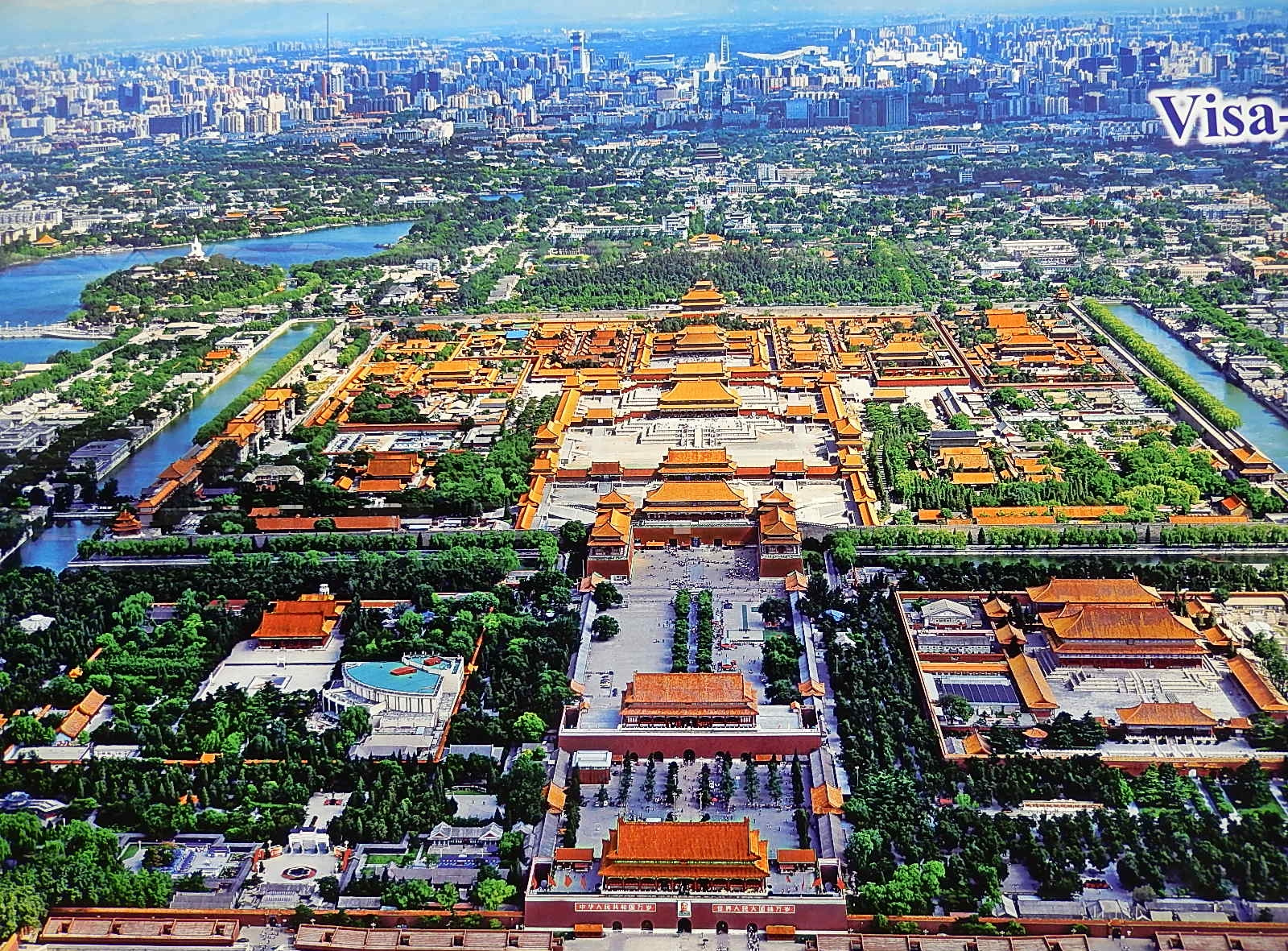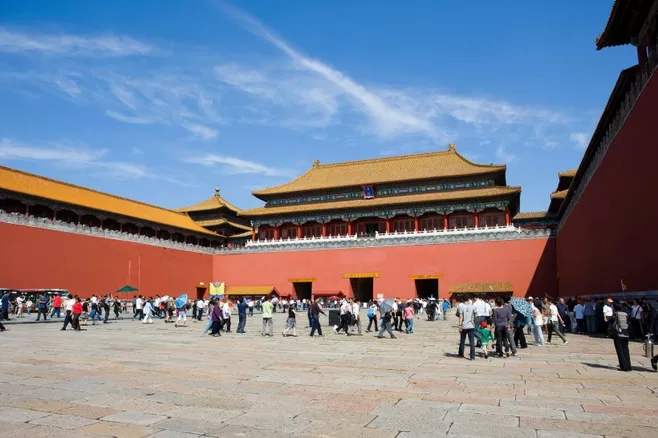

“The only issue with the products produced by the Palace Museum is that they are always sold out, especially the lipsticks.” Co-branding campaigns with big Chinese companies Many consumers expressed their enthusiasm towards the collection online. For example, the most popular lipstick, Lang Yao Red, was inspired by an ancient ceramic bottle. Key to the rapid success was the fact that each of the six colours of lipstick were inspired by an object in the Palace Museum collection. The collection went down extremely well among Chinese consumers and 90,000 lipsticks were sold within 4 days of launch.
FORBIDDEN CITY VIRTUAL TOUR SERIES
In December 2018, the museum released an original cosmetic series including lipsticks, eyeshadow, highlighter and blusher. Thanks to the museum’s online souvenir shop on Taobao, the transaction volume of the museum’s products reached 1.5 billion RMB in 2017. However, in 2013, the museum began combining cultural history with fashionable and modern design. Initially, its sales volume was low as products were too expensive and poor quality. The Palace Museum launched a Tmall flagship store in 2010 which it uses to sell cultural products. The museum’s audience can enjoy immersive digital experiences on WeChat, watch real time livestreaming on Weibo and read regular posts about the Museum’s history and relics.Ĭreating a “brand” through cultural products

The museum’s WeChat interface includes a WeChat Mini-Program, Official Account, a ticket and booking service and contact details. The Palace Museum has channels on various social media platforms. “Using modern technology to attract a young audience helps us to share our heritage with the next generation.” Feng Nai’en, deputy director of the Palace Museum This interactive experience provides a new way for users to visualise and understand history. Visitors can don a VR headset to view a 3D rendering of one of the Palace’s traditional halls in the Duanmen gallery. They can then directly send the images to their mobile phones and share them on social media.Īpart from its virtual dress experience, the Palace Museum has also launched a VR virtual tour. By swiping the screen, users can change between being a member of royalty, a court official, a general, and even a eunuch from the Qing Dynasty. In 2018, the museum installed 10 two-metre high screens in its Duanmen gallery which give visitors the opportunity to “try on” virtual robes. According to the Beijing Evening Post, the museum draws in 17 million visitors per year. For almost five centuries, it served as the home of the Emperor and his household and the ceremonial and political centre of the Chinese government. 21.With more than 1.86 million cultural relics, the Palace Museum, also known as the Forbidden City, was China’s imperial palace from 1420 in the Ming Dynasty to 1911 at the end of the Qing Dynasty. No guarantee, warranty or representation of any kind is made regarding the completeness or accuracy of descriptions or measurements (including square footage measurements and property condition), such should be independently verified, and Compass expressly disclaims any liability in connection therewith. and/or other countries.Ĭorporate Responsibility, Privacy & Legal Notices: Compass is a licensed real estate broker, licensed to do business as Compass RE in Delaware, Idaho, New Jersey, Pennsylvania and Tennessee, Compass Real Estate in Washington, DC, Wyoming and Idaho, Compass Realty Group in Missouri and Kansas, and Compass South Carolina LLC in South Carolina. Do Not Sell or Share My Personal Information, Terms of Service, Privacy Center, Scam Avoidance, Responsible Disclosure, Compass is an E-Verify employer, Notice for California Applicants, California COVID-19 Rules of Entry, and Your CA Privacy RightsĬOMPASS, the Compass logo, and other various trademarks, logos, designs, and slogans are the registered and unregistered trademarks of Compass, Inc.


 0 kommentar(er)
0 kommentar(er)
